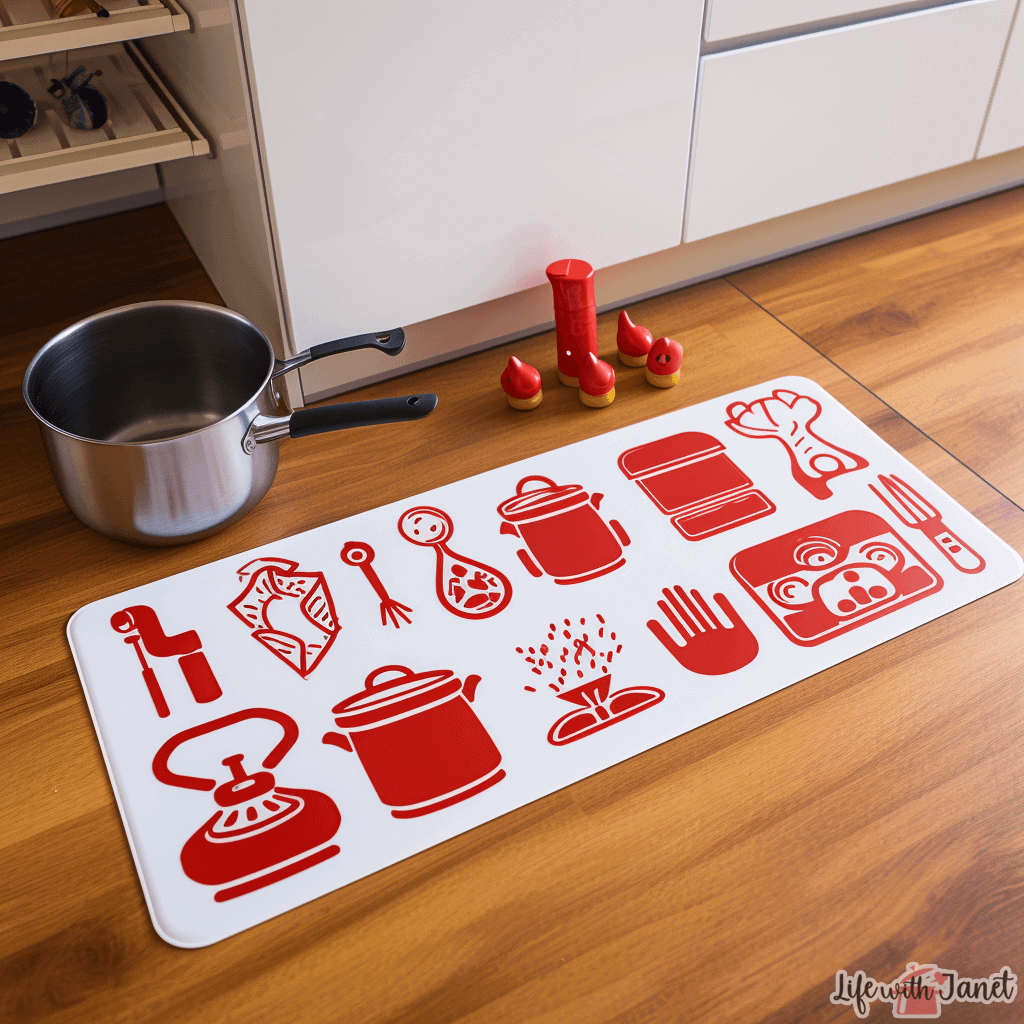Why do different insurance quotes provide different dwelling coverage amounts?
When shopping for homeowner’s insurance, one common point of confusion arises when consumers notice variations in the dwelling coverage amounts across different quotes. The dwelling amount, or Coverage A, refers to the maximum payout an insurer will provide for damages to the physical structure of your home.

Different insurance agencies utilize diverse computer software tools to compute the reconstruction costs of homes. Such variations in software may result in discrepancies in the estimated value for home rebuilding. It’s important to note that these estimations aren’t arbitrary; they’re based on data like building material costs, labor rates, and other regional factors.
Insurance agents often recommend insuring not based on the market price of your home, but rather on the potential reconstruction cost. Given that construction costs are not immune to inflation and can surge over time, this recommendation is grounded in practicality.
If there’s a significant difference between the dwelling amounts provided by different quotes, it’s crucial to communicate with your agent. They can clarify the methodology behind their calculation, ensuring you have adequate coverage. As construction costs evolve, it’s essential to revisit your policy periodically, adjusting the dwelling amount to current market conditions.
How do construction costs affect my dwelling coverage?
Construction costs play a pivotal role in determining the dwelling coverage amount on your homeowner’s insurance quote. They directly influence the insurance premium and the potential payout in case of damages.
Current construction costs are subject to inflation and other economic factors. As these costs rise, the amount required to rebuild a home in the event of total loss or significant damage also increases. Thus, insurance companies closely monitor these figures to offer a realistic dwelling coverage.
Homeowners might mistakenly believe that their property’s purchase price or market value is an accurate reflection of its reconstruction cost. This misconception can lead to underinsurance. A house bought several decades ago at a lower price might cost substantially more to rebuild today due to increased construction costs.
The regional variations in labor rates, material costs, and local building regulations can also introduce disparities in construction costs. For instance, certain areas might have specific building codes due to natural disaster risks, affecting the total rebuild cost.
Periodically reviewing and updating your dwelling coverage to align with the latest construction costs ensures that your home is adequately protected. This proactive approach helps homeowners avoid potential financial pitfalls in the aftermath of unexpected events.
What does a deductible with a percentage, like 2%, specifically imply?
Deductibles are a core concept in insurance policies, representing the amount a policyholder pays out-of-pocket before the insurance company starts covering the expenses. In homeowner’s insurance, the use of percentage-based deductibles, especially for specific perils like windstorms, has become increasingly prevalent.
A deductible mentioned as “1000/2%” might appear straightforward, but there’s more to it. While the $1000 figure represents the deductible for “all other perils,” the 2% denotes the deductible for named windstorms, such as hurricanes or tropical storms. This percentage is calculated based on the dwelling coverage amount.
For a home insured at $100,000, a 2% deductible implies a $2,000 out-of-pocket cost for the homeowner in case of windstorm-related damages. This distinction is vital as the financial implications can be quite significant during claim time.
There’s a growing trend among insurance companies to apply this percentage-based deductible not just for named storms but also for other wind-related events like afternoon thunderstorms or hail storms. As a homeowner, understanding these nuances can help you better prepare for potential financial responsibilities in the wake of such events.
Are there typical coverage limitations or exclusions I should be aware of?
Insurance policies often come with limitations or exclusions on certain types of coverage. It’s essential for homeowners to be vigilant and understand these nuances to avoid unpleasant surprises during claim times.
In recent times, certain coverages like animal liability and water damage have seen increasing restrictions. Some policies might completely exclude these perils, while others might impose sublimits. A sublimit caps the maximum payout for a specific peril, regardless of the overall policy limit.
For instance, a policy insuring a home for $200,000 might impose a $10,000 sublimit on water damage. So, even if water damage incurs costs of $30,000, the policy would only cover up to $10,000. Such distinctions can significantly influence the effectiveness and suitability of a policy.
While shopping for insurance, it’s prudent to compare these limitations across different quotes. A seemingly cheaper quote might have more exclusions or stricter sublimits, offering reduced coverage. On the other hand, a slightly more expensive quote might offer comprehensive protection without such restrictions.
Engaging with an experienced insurance agent can help homeowners navigate these intricacies. An informed choice ensures that you get the best possible coverage tailored to your needs and circumstances.


